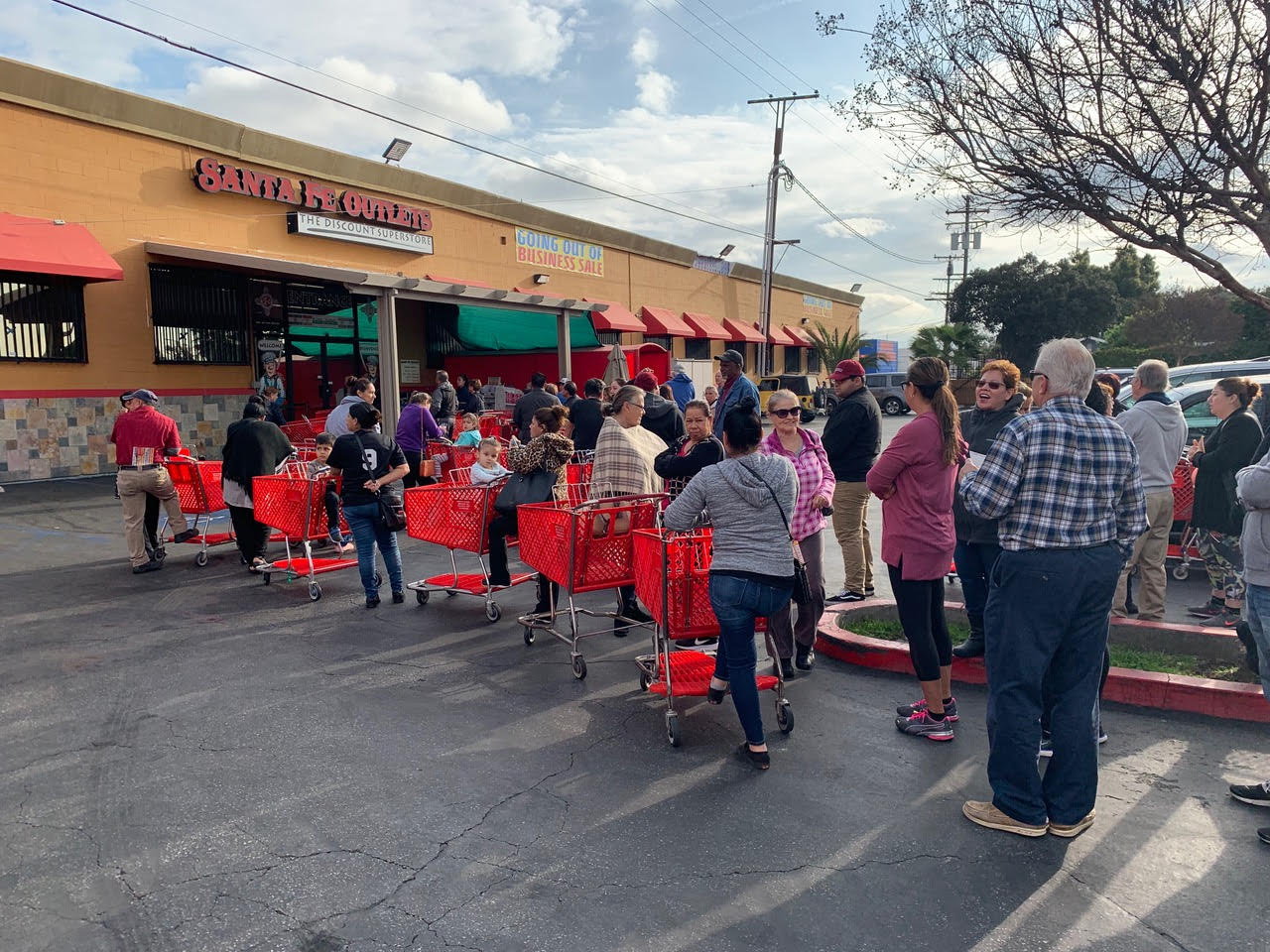What retail store owners need to know and plan for now?


The business owners that are really feeling what many are terming the “Apparel Extinction” are the independent store owners.
With the demise of the shopping mall, many of these independently owned stores are left in near vacant malls, struggling for customers.
If the larger stores with deep pockets and multiple resources are closing by the droves, the independent store owners are looking at almost impossible odds to remain open in many cases.
The biggest thing that I can assure independent store owners is this, it is simply not your fault that you struggling. We have never seen this type of retail atmosphere…EVER.
Gap, Payless, Dress Barn, Footlocker are unusual names to be mentioned in the same breath as store closings, but it’s happening at an alarming pace.
These retailers will close 3,143 stores combined this year. By coming years the retail store closures could reach all time yearly high of 12,000. That number is a 55% increase over 2018.
One of the greatest examples of this is the fact that Amazon is expected to overtake Macy’s to become the largest apparel seller in the United States this year.
We may soon be changing the name from the Macy’s Thanksgiving Day Parade to the Amazon Thanksgiving Day Parade.
There are many reasons for the enormous shift in the atmosphere.
As I mentioned, going to the mall to shop for clothing is becoming a thing of the past.
- Foot traffic is plummeting in a multi-year decline in malls and brick-and-mortar stores in general due to pandemic.
- Many of the large anchor stores closing like Sears and Macy’s and the ease of shopping from your phone and having clothing delivered to your door.
- Another reason for the shift is that shopper demographics are changing.
Millennials ages 18 to 34 (both men & women) prefer the fast and convenient way to shop for apparel, online from their ever-present phone.
This group will soon dominate the marketplace for years to come and their habits do not bode well for the brick-and-mortar independent retailer.
Even if a retailer has a way to shop their store online, this consumers expectations are high. They expect, fast and easy check out, no shipping cost and ease of returns or they will simply move on.
One of the biggest reasons for this shift to the “Apparel Extinction” that I hear from my clients thinking of liquidating their assets to fast cash, is that physical assets are extremely costly to operate.
Inventory, coupled with labor costs and leasing or property taxes produce big bills that must be paid whether the foot traffic is there or not.
These fixed costs do not change while apparel sales continue to fall.
Warehouses are also filled to the brim with inventory. A warehouse liquidation company may help but how warehouse liquidators work is also a something that needs to be looked into closely.

This is evidenced by stores that are closing at least 100 locations, JCPenney, Macy’s, Aeropostale, Finish Line, and American Eagle. All of these stores are highly familiar brands found mostly mall settings.
Independent retail apparel stores with unfamiliar names and brands, simply can not fair better than these chain stores.
As I have laid out, these indicators are not going to be changing anytime soon.
As a matter of fact, these factors are going to impact independent retail owners for years to come.
I can see this better than almost anyone having grown up assisting my dad in his stores.
I have watched the industry go through it’s changes, but no one has seen anything like this and those retailers who do not heed the coming changes will be forced to make difficult decisions sooner rather than later.


